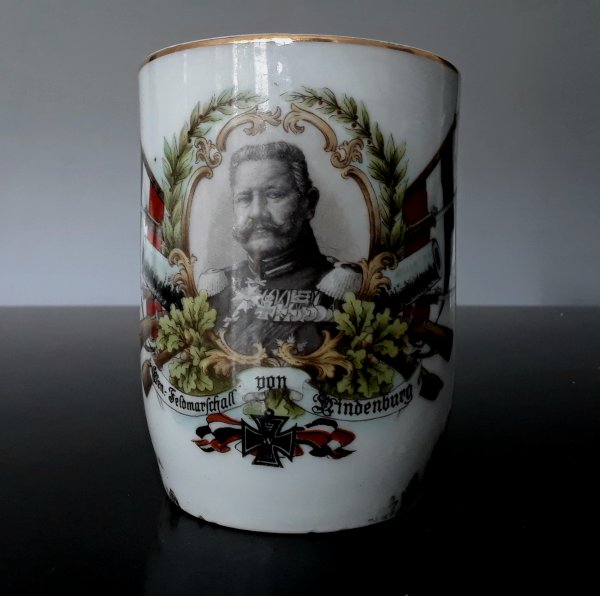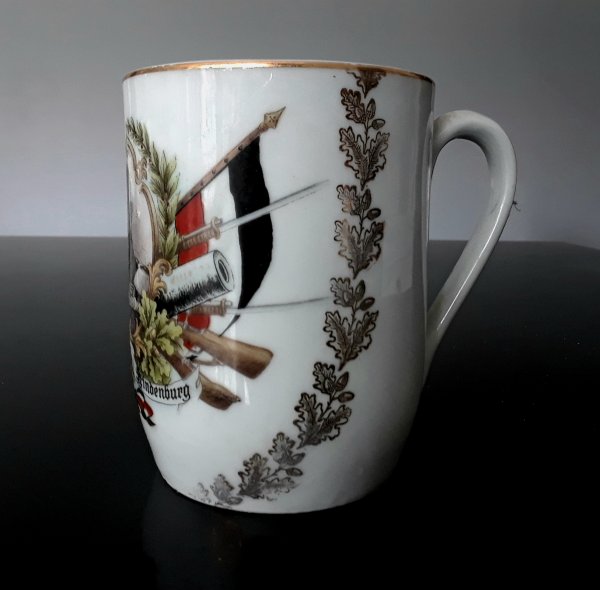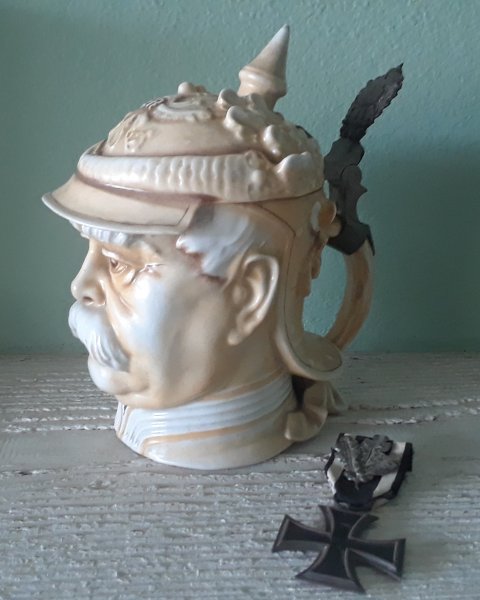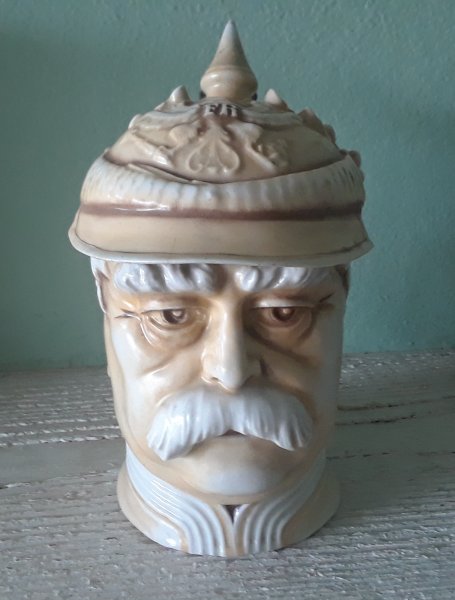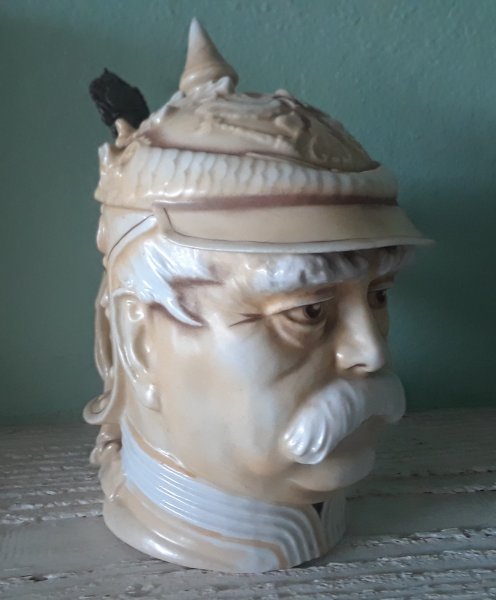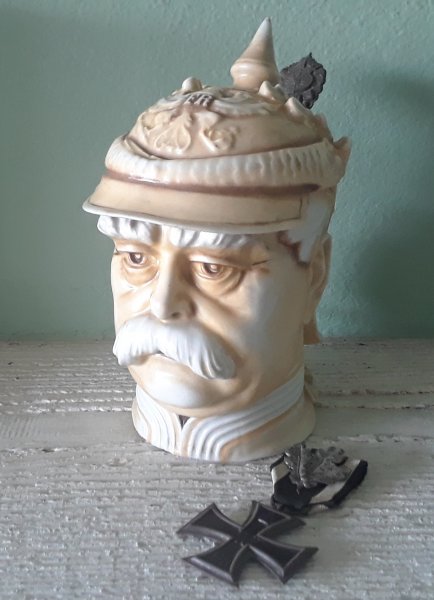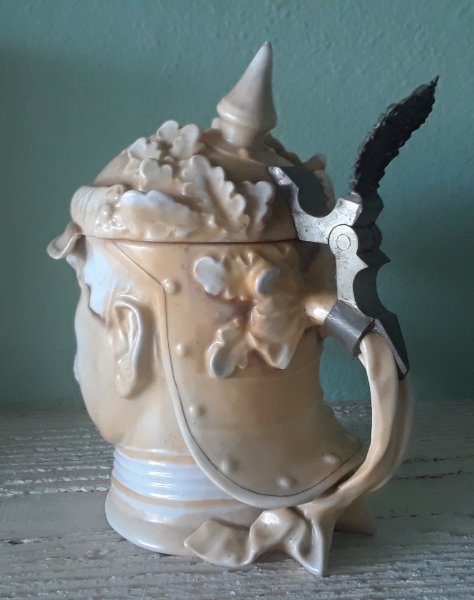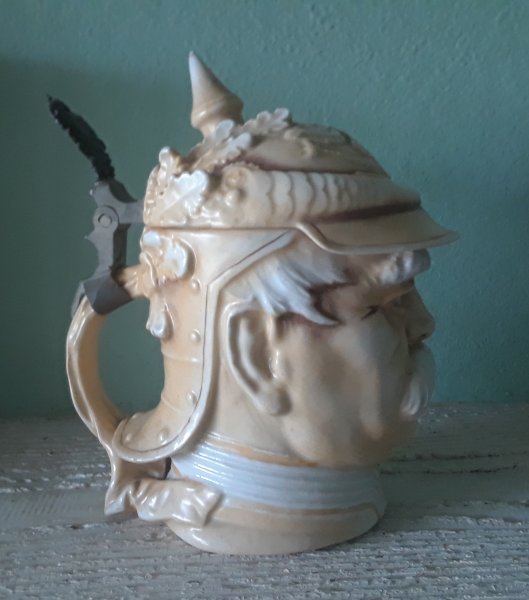Edward Reed
A-List Customer
- Messages
- 494
- Location
- Aboard a B-17 Flying Fortress
I have a few 30's and 40's coffee mugs to post... please share your vintage mugs & cups!
My set of four Restaurant Ware coffee muggs. W. S. George “Hotel” mugs from the 1930s (the 106D on the bottom dates it to the 30s)



My set of four Restaurant Ware coffee muggs. W. S. George “Hotel” mugs from the 1930s (the 106D on the bottom dates it to the 30s)
Last edited:
